Explore the Atmospheric Interiors of the Hispanic Society Before It Closes for Renovation
One of Manhattan’s lesser known but showstopping museums is set to close for a major rehabilitation project in early 2017, so grab a chance to experience the moody atmosphere of the Hispanic Society of America or you will have to wait a couple of years.

Photo by Susan De Vries
One of Manhattan’s lesser known but showstopping museums is set to close for a major rehabilitation project in early 2017, so grab a chance to experience the moody atmosphere of the Hispanic Society of America now or you will have to wait a couple of years. Located at 613 West 155th Street, the Hispanic Society of America is part of Audubon Terrace, an uptown cultural enclave that was the vision of Archer M. Huntington.
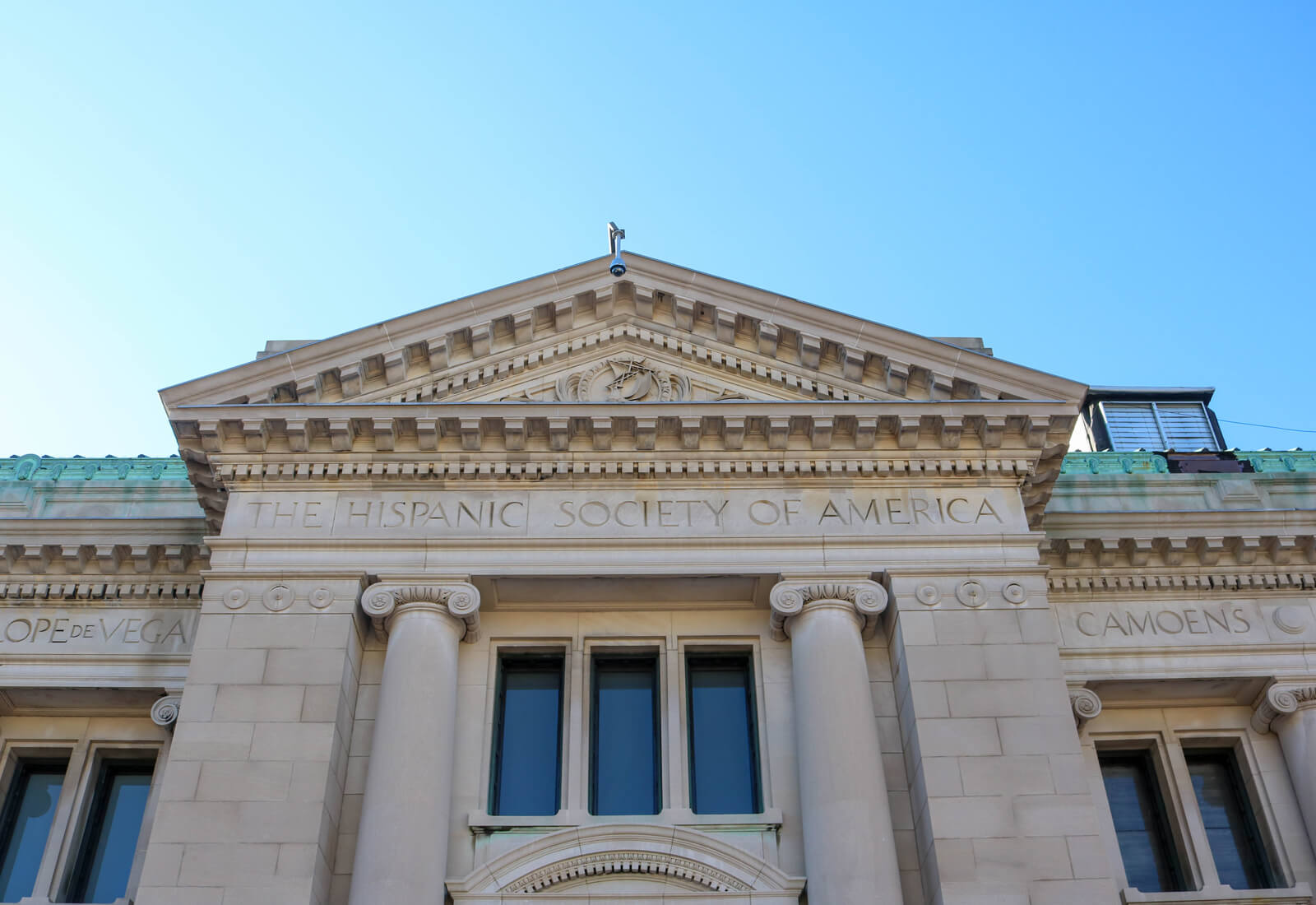
Huntington, who had the wealth and passion to gather collections and support scholars, founded the Hispanic Society in 1904 to focus on the art and culture of Spain, Portugal, Latin America and the Phillipines.
Visiting the Hispanic Society involves a saunter up steps into the Italian Renaissance-inspired Audubon Terrace. The complex, begun in 1904 and completed in 1930, at one time included five resident cultural organizations: the Hispanic Society, the American Geographical Society, the Museum of the American Indian, the American Academy of Arts and Letters and the American Numismatic Society. Of those institutions, only the Hispanic Society and the American Academy of Arts and Letters remain, but the buildings live on. Boricua College now occupies one of them.
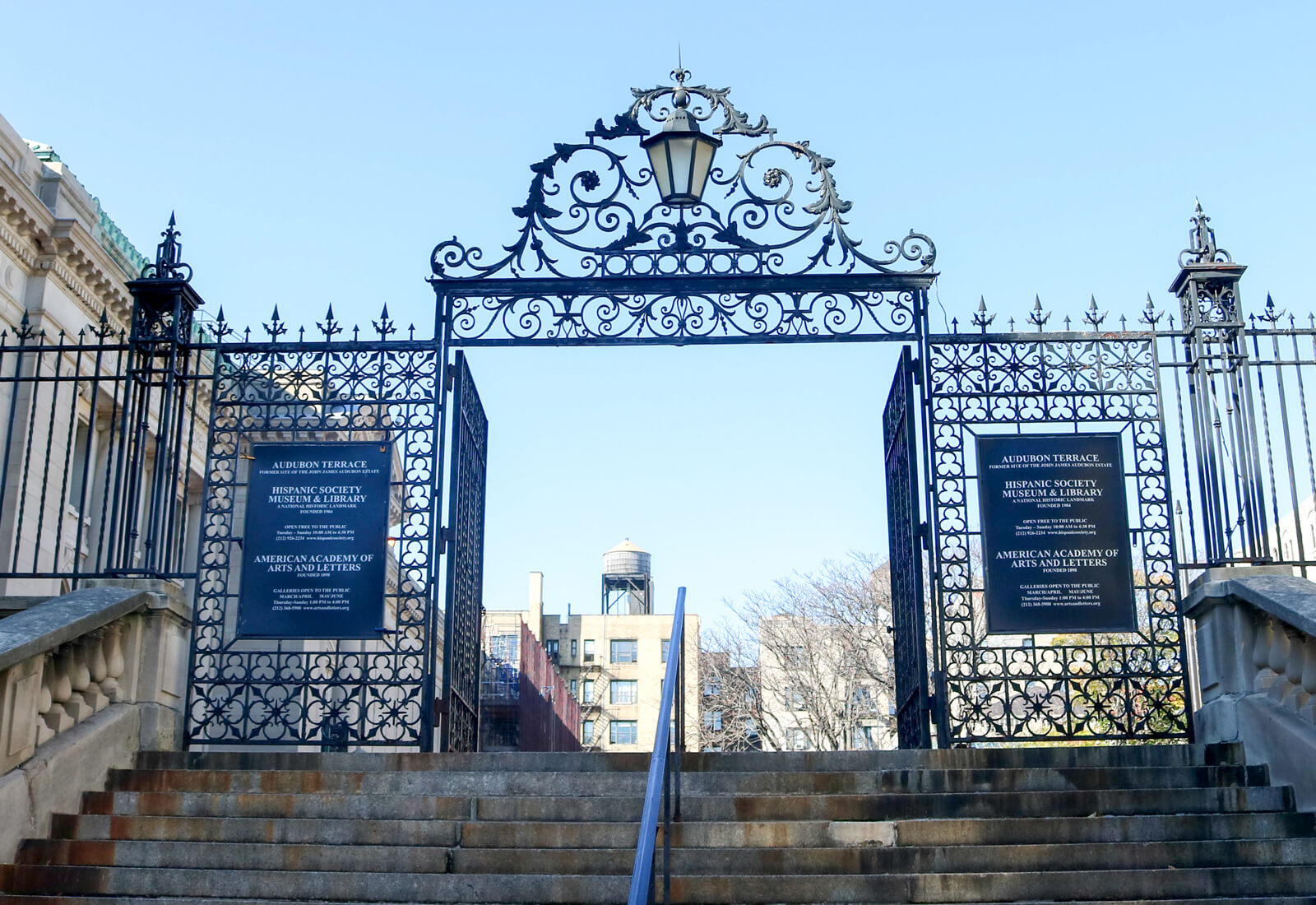
Huntington turned to skilled family members to help create much of the complex. His cousin Charles P. Huntington designed three of the buildings, including the Hispanic Society. Sculptures by Archer’s wife Anna Hyatt Huntington are placed around the terrace.

In an 1890 letter to his mother, Archer M. Huntingon expressed his belief that “the windows of an art museum should be pictures.” The interiors of the Hispanic Society vividly express this concept. A central skylight streams light into the main court, the only source of natural light in the main exhibition space.
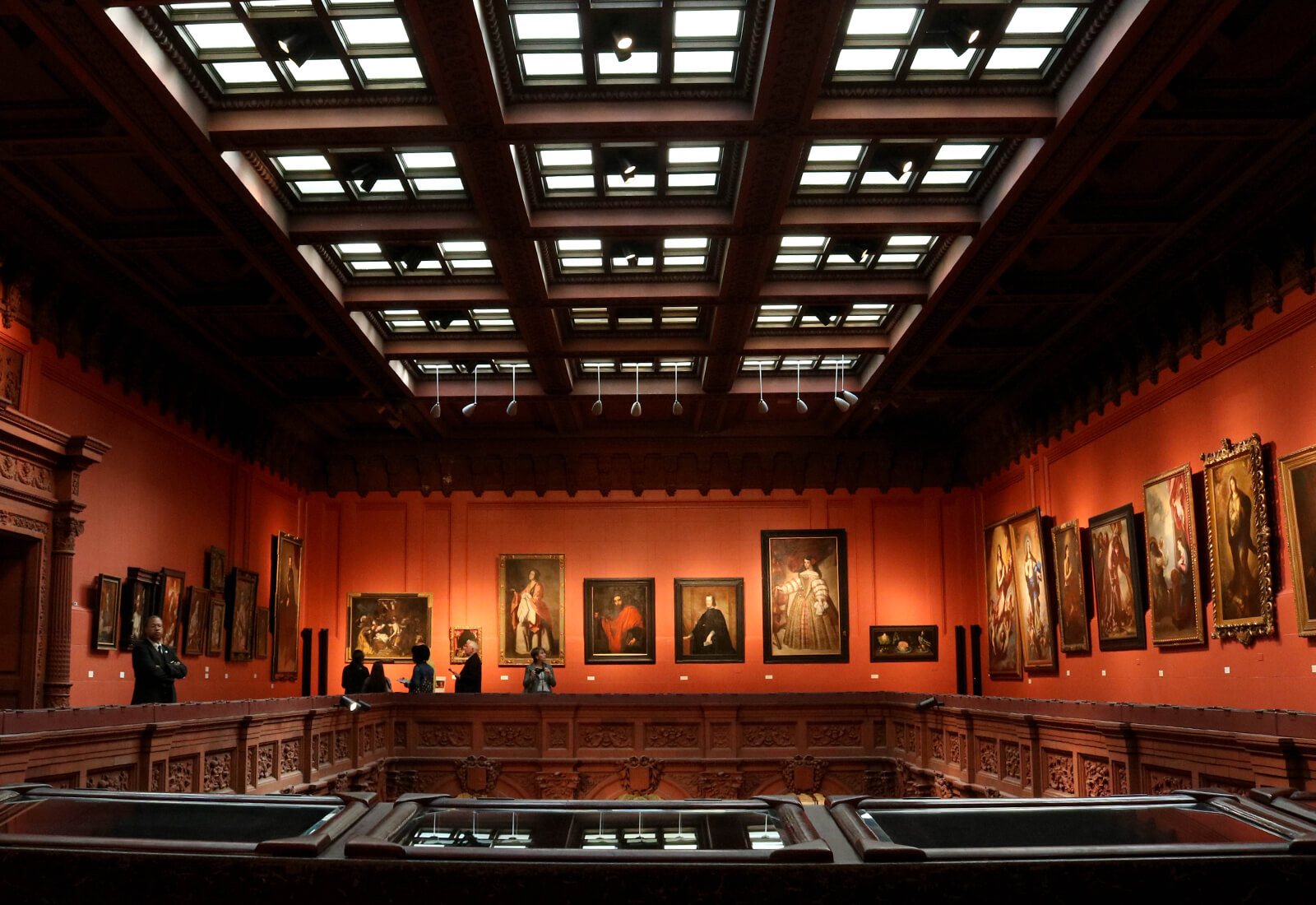
Exploring the interior feels a bit like stepping back into the early 20th century. No high-tech screens or flashy interpretations here — the brilliance is projected from the art itself. Whether you are drawn to painting, sculpture, ceramics or Spanish tombs, you will find something intriguing.
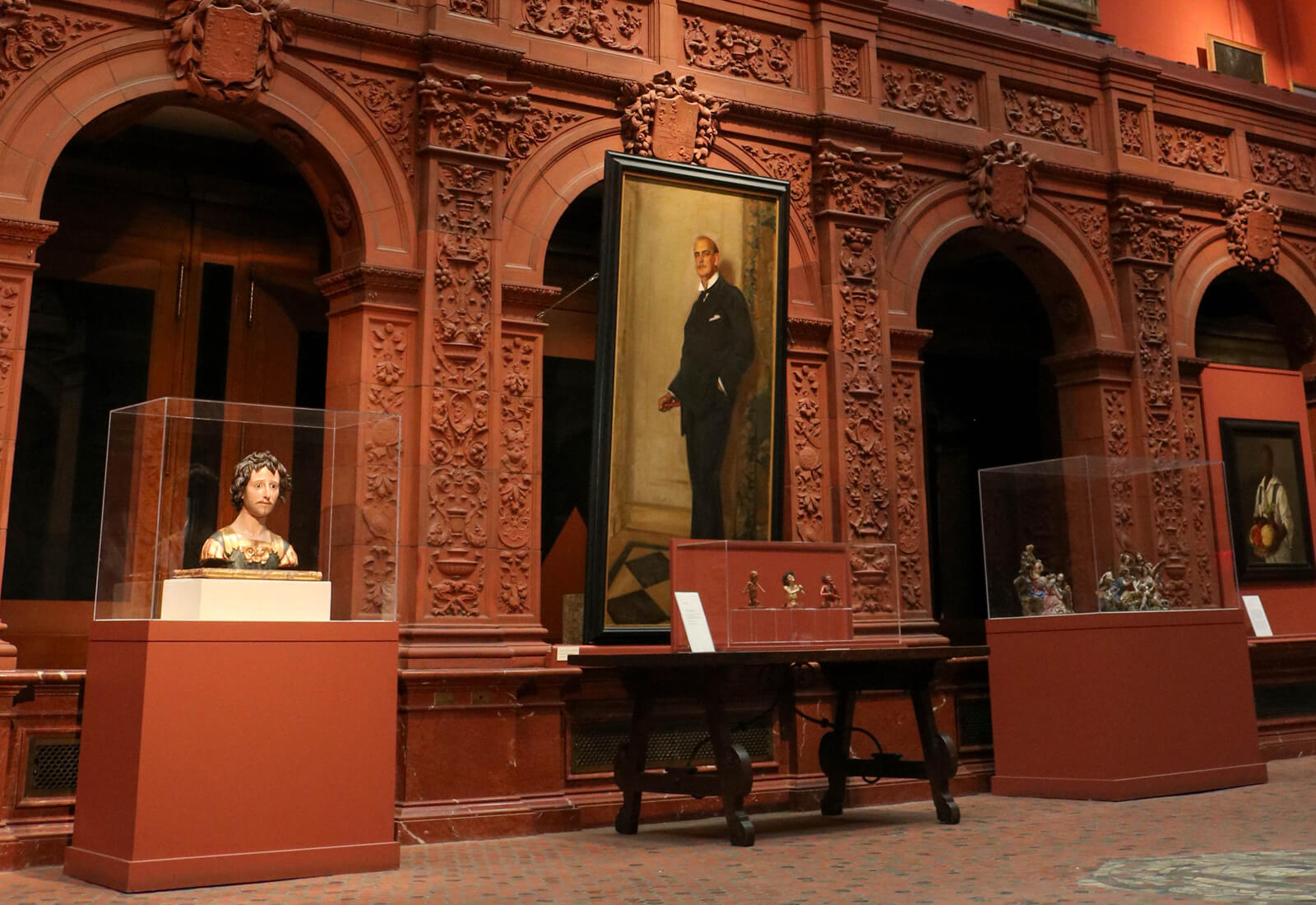
The museum claims to have the most extensive collection of Hispanic art and literature outside of Spain and Latin America. The museum and the research library together hold over 18,000 works, the bulk of the original collection gathered by Huntington himself.
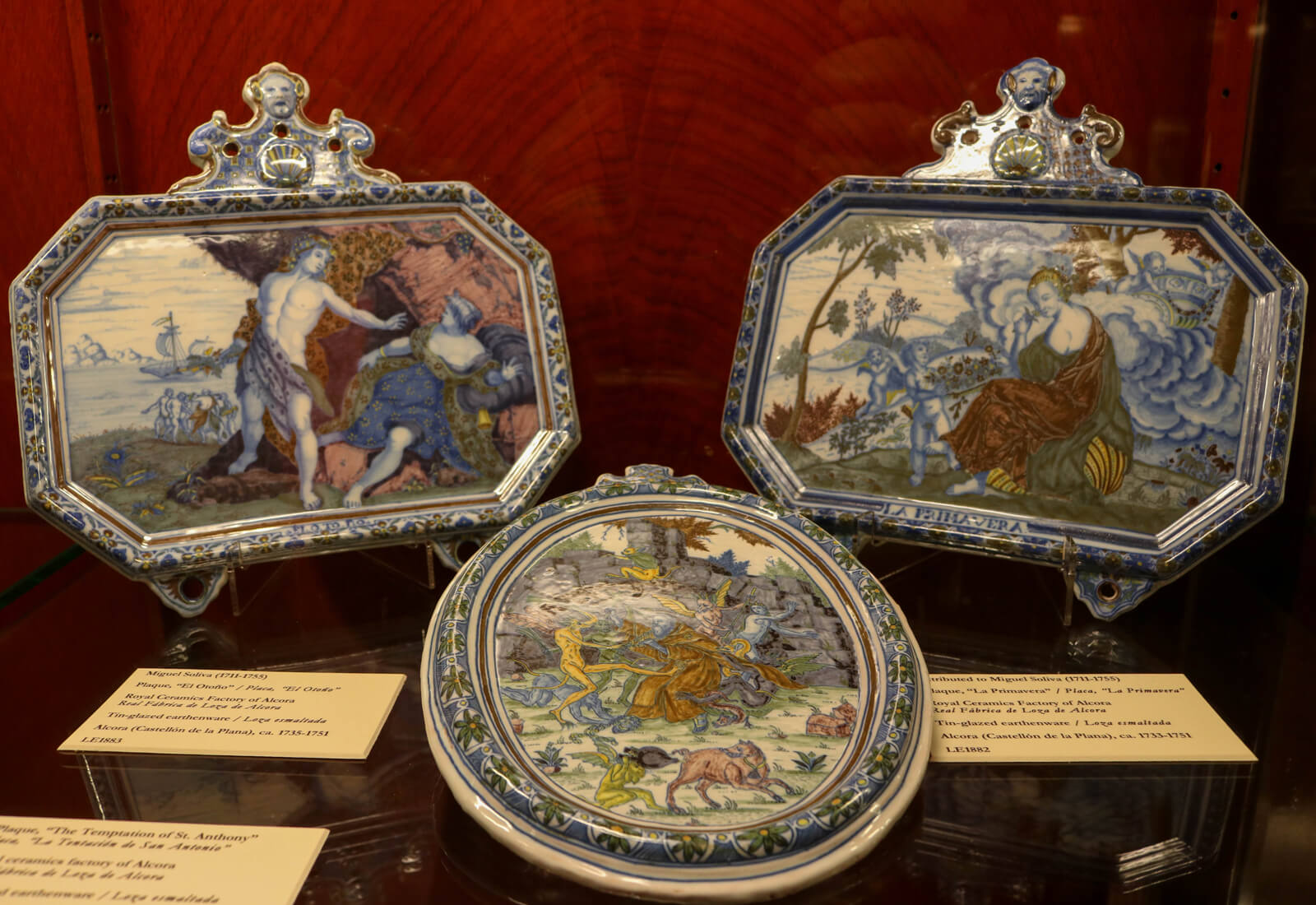
One of the museum’s most popular items, The Dutchess of Alba by Francisco de Goya, along with about 200 other pieces, has already left for exhibition at the Museo del Prado, but there are many other amazing sights to enjoy.
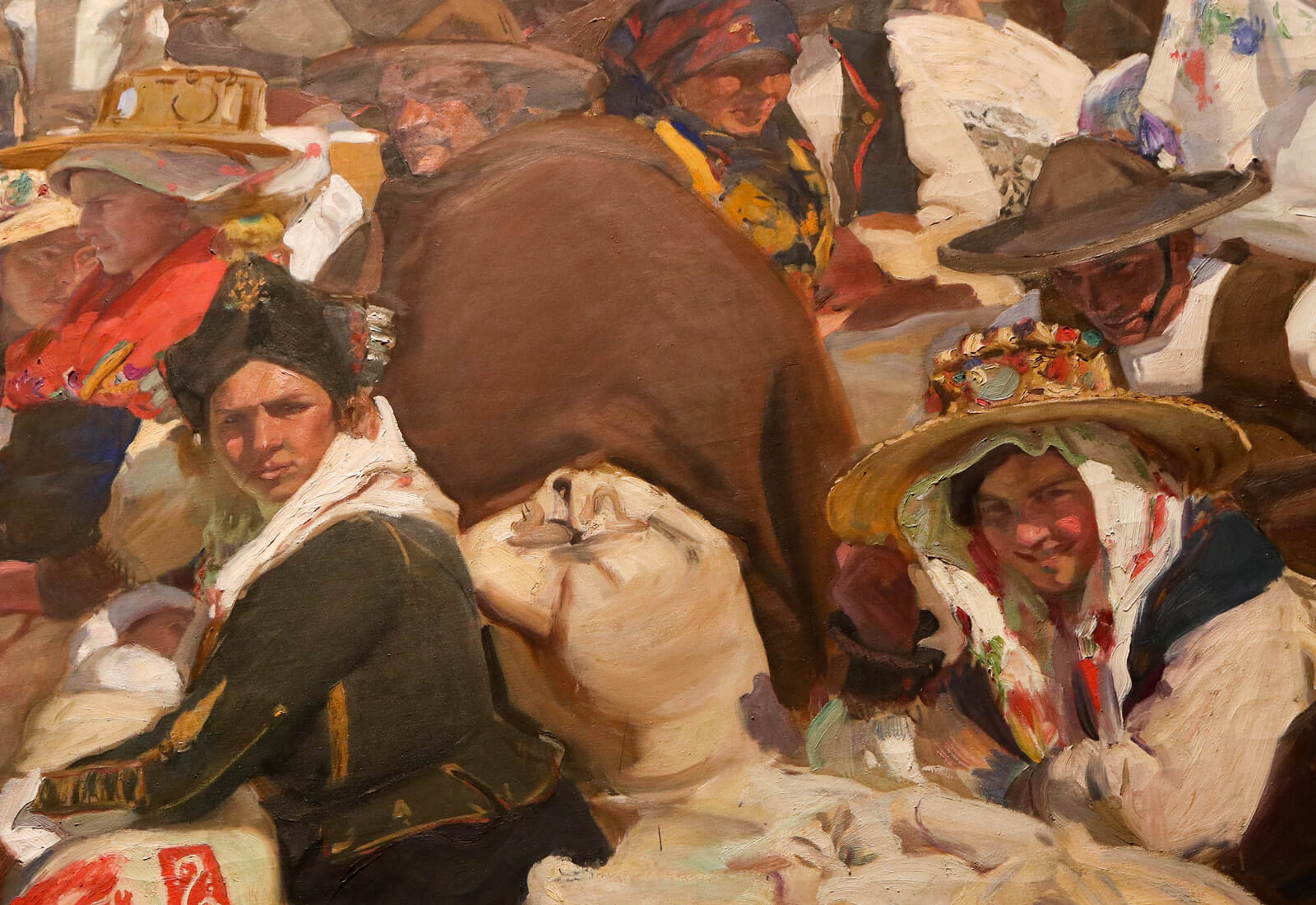
This includes Vision of Spain, a stunning panorama painted by Joaquin Sorolla. Huntington commissioned the paintings directly from the artist in 1910. An addition was constructed to the original building to house the work, which was finally unveiled to the public in 1926.
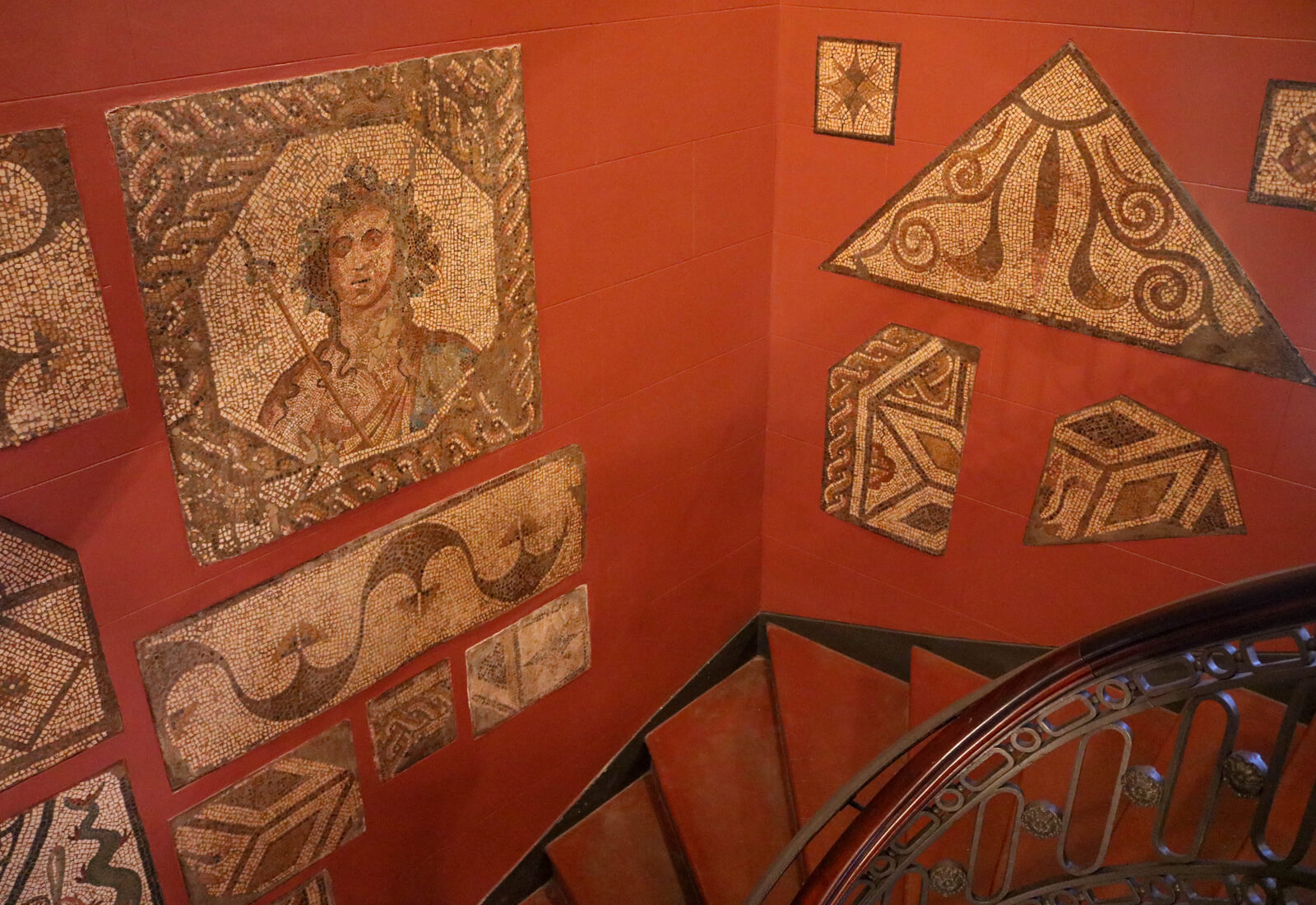
As part of the renovation work, which could start as early as January and last two years, the museum will expand into the former home of the Museum of the American Indian, located next door. The additional space will allow the museum to increase the opportunities for temporary exhibitions.
How to Visit
Address: 613 West 155th Street, New York, N.Y.
Hours: Tuesday through Monday, 10 a.m. to 4:30 p.m.
Admission: Free, suggested donation.
Directions: Take the 1 train to 157th Street or the C train to 155th Street.
[Photos by Susan De Vries]
Related Stories
Email tips@brownstoner.com with further comments, questions or tips. Follow Brownstoner on Twitter and Instagram, and like us on Facebook.









What's Your Take? Leave a Comment